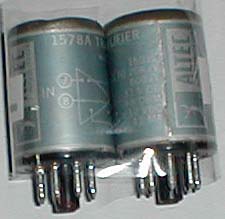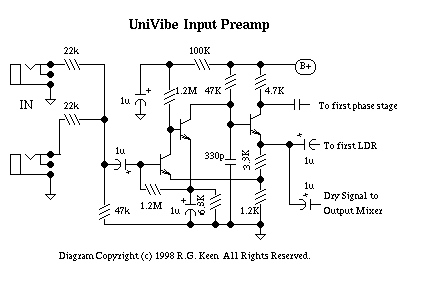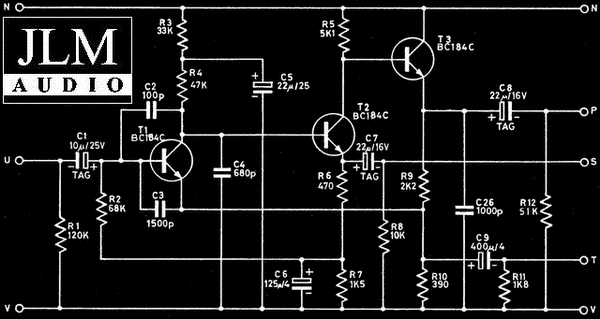clintrubber
Well-known member
Hi,
Got me a pair of the TX-less Altec 1578A octal mic-pre's
and I'm looking for more info, especially the circuit-topology.
Has anyone opened or traced these yet ?
Is the circuit in any way related to the 1588A, 1588B or 1588C plug-ins ?
(apart from the no TX for the 1578A)
So far I've found '1588-alike specs (apart from the TX):
I found some info here from tablebeast in this thread:
[quote author="tablebeast"]AS for a transformerless Altec pre module, maybe the 1578A is what the previous poster was thinking about. I have never had one, but I have a document for the 1581A modular mixer line amp/eq and it states the 1578A's frequency response is something like from 20 to 40k! I can't find that document right now, but I remember those numbers[/quote]
Can't locate any 1581A-info either I'm afraid...
Any links or info appreciated!
Thanks :thumb:
Peter

Got me a pair of the TX-less Altec 1578A octal mic-pre's
and I'm looking for more info, especially the circuit-topology.
Has anyone opened or traced these yet ?
Is the circuit in any way related to the 1588A, 1588B or 1588C plug-ins ?
(apart from the no TX for the 1578A)
So far I've found '1588-alike specs (apart from the TX):
The pinouts are as follows: 7 and 8: Input 1 and 6: Output 5: +12V power Pin 6 is also the ground connection for the power
The other specs are as follows: source: 150 ohms useable: 30 to 20,000 ohms load: 600 ohms gain: 33.5 db output: +8dbm power: 12VDC, 13 ma
I found some info here from tablebeast in this thread:
[quote author="tablebeast"]AS for a transformerless Altec pre module, maybe the 1578A is what the previous poster was thinking about. I have never had one, but I have a document for the 1581A modular mixer line amp/eq and it states the 1578A's frequency response is something like from 20 to 40k! I can't find that document right now, but I remember those numbers[/quote]
Can't locate any 1581A-info either I'm afraid...
Any links or info appreciated!
Thanks :thumb:
Peter






![Electronics Soldering Iron Kit, [Upgraded] Soldering Iron 110V 90W LCD Digital Portable Soldering Kit 180-480℃(356-896℉), Welding Tool with ON/OFF Switch, Auto-sleep, Thermostatic Design](https://m.media-amazon.com/images/I/41gRDnlyfJS._SL500_.jpg)





























